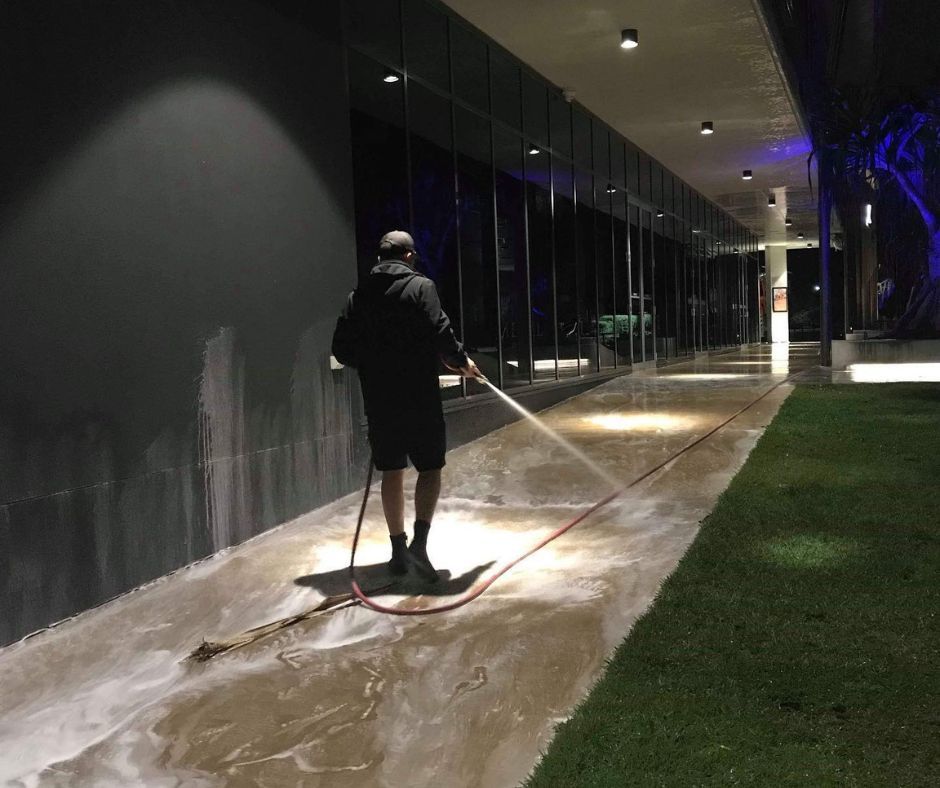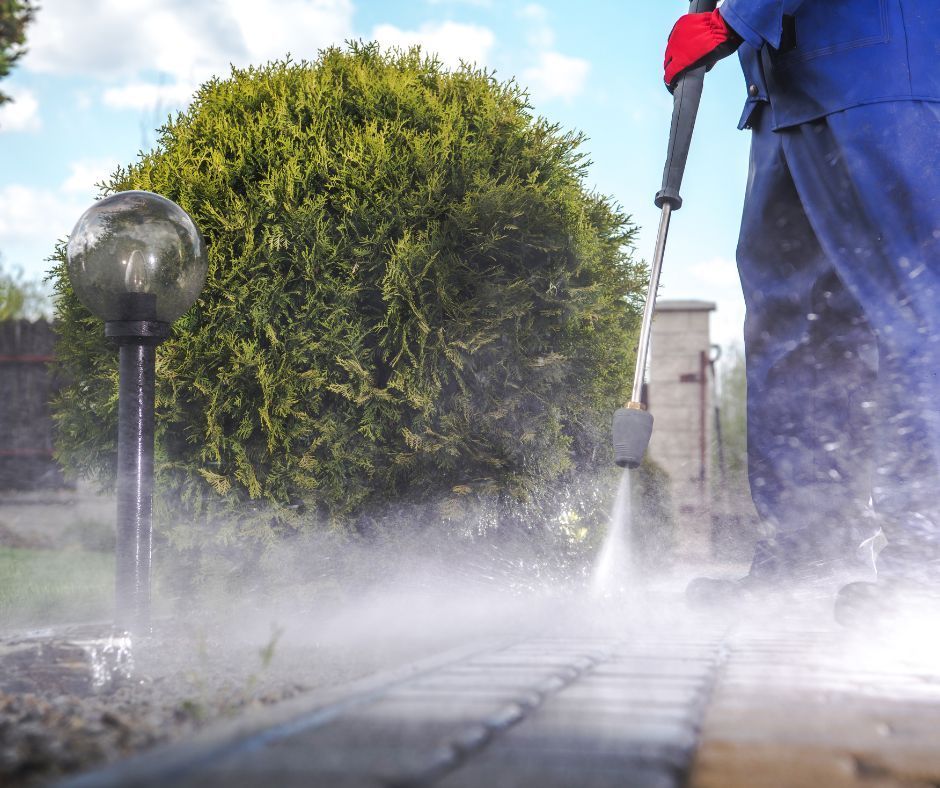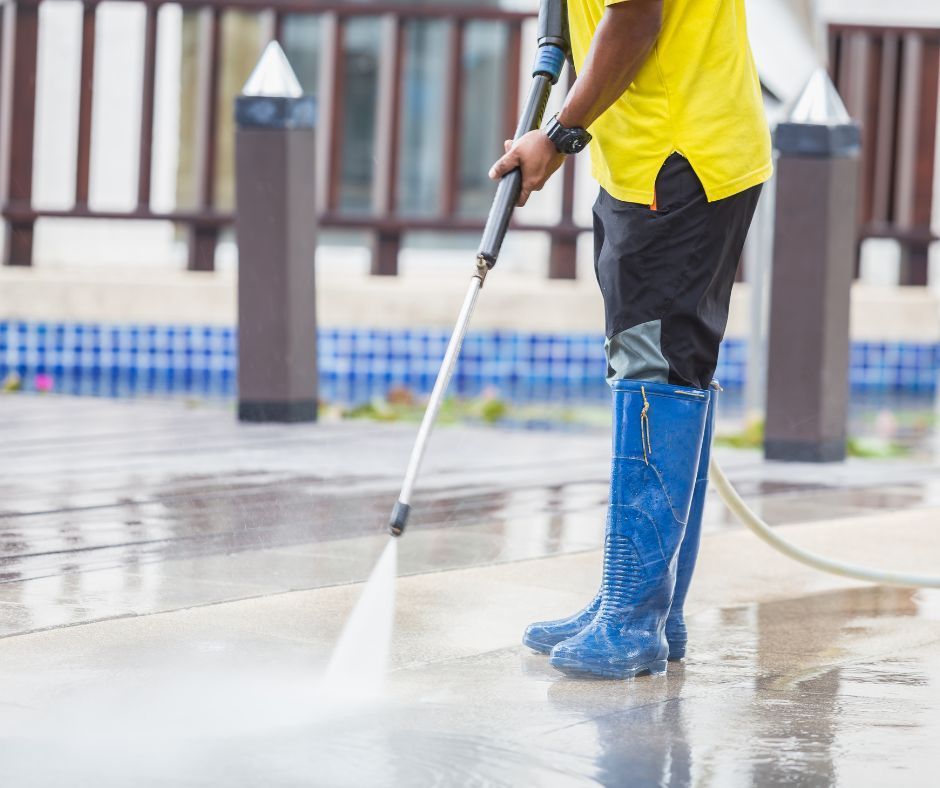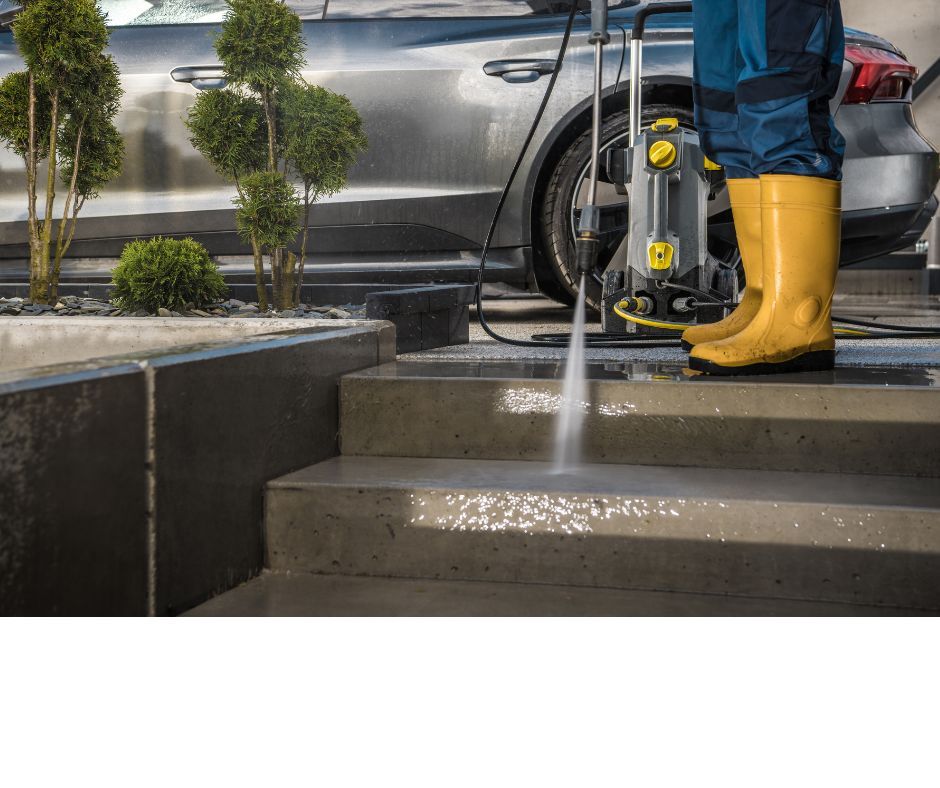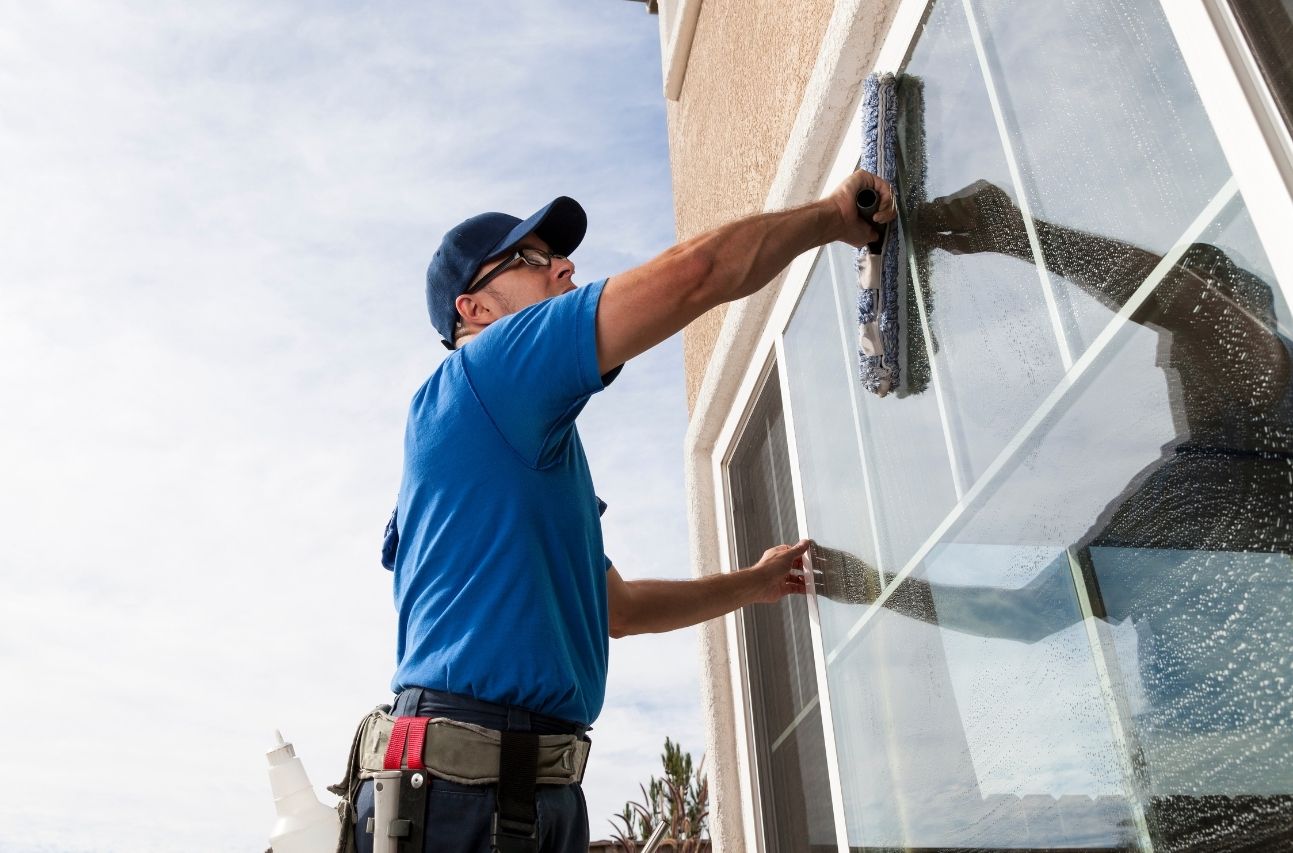Can You Pressure Wash Wood? Read This Before You Try!
Wood adds warmth and character to homes, from decks and fences to gazebos and outdoor furniture. However, with exposure to dirt, mould and weather, wood surfaces can quickly look tired and worn.
Pressure washing seems like an easy fix, but can you pressure wash wood? Many worry about splintering, water damage or stripping away protective coatings. This guide covers whether wood pressure washing is a good idea, where it works best, common DIY mistakes and how often it should be done.
Can You Pressure Wash Wood?
A lot of homeowners wonder if cleaning wood with a pressure washer is safe. The short answer is yes, but only if it’s done correctly.
Wood is a lot softer than other materials like concrete or brick, so blasting it with high-pressure water can cause splintering, stripping or even deep marks. But with the right technique, pressure washing can be an effective way to restore wood’s natural beauty without causing damage.
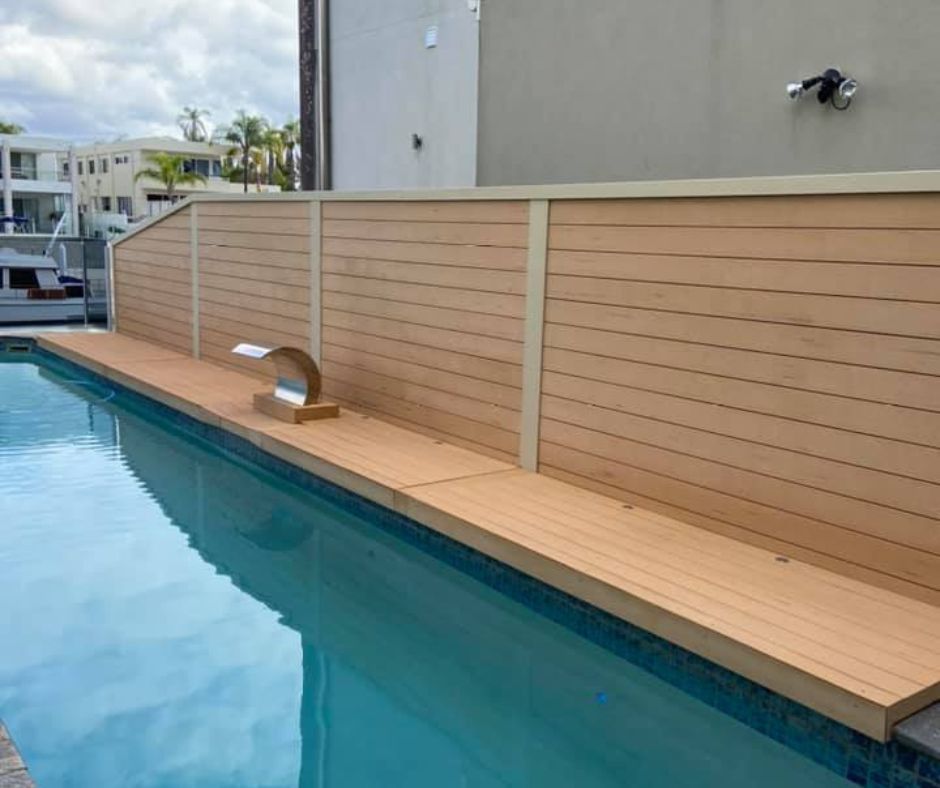
Pressure Washing Wood Applications
Wood surfaces around the home take a beating from the weather, dirt and everyday use. Pressure washing can bring them back to life, but it must be done safely and carefully for each surface type.
Decks
Pressure washing your deck removes dirt, mould and grime that build up over time. When done right, it restores the wood’s natural look and extends the deck’s lifespan.
Fences
Wooden fences are constantly exposed to dust, moisture and mildew, which can cause discolouration. A careful pressure wash brightens the surface and helps prevent long-term damage.
Wooden Gazebos
Over time, gazebos collect dirt, cobwebs and grime, making them look aged and neglected. A professional pressure clean refreshes the wood, highlighting its beauty and preserving its structure.
Wooden Outdoor Furniture
Tables, chairs and benches left outdoors accumulate stains from spills, bird droppings and mould. A light pressure wash clears away the mess and revives the wood’s original finish.
Timber Cladding and Siding
Timber siding picks up pollution and dirt, which can lead to staining and possible long-term damage. Gentle pressure washing removes these contaminants without damaging the wood.
Wooden Walkways and Steps
Wooden paths and steps can become slippery from algae and moss accumulated over time. A well-executed pressure wash clears these growths and prevents the risks of accidents.
Cleaning Wood with a Pressure Washer
Pressure washing wood can be highly effective depending on:
Amount of Pressure Depends on the Type of Wood
Softwoods like pine require lower pressure to avoid splintering, while hardwoods like oak can handle slightly more force. The right pressure helps achieve effective cleaning without harming the surface.
Cleaning Solution Isn’t Required But Can Help
For light dirt, plain water is enough, but stubborn stains may need a specialised wood-safe cleaning agent. Choosing the right product helps break down grime without damaging the wood.
Proper Nozzle Selection is Important
A wide-angle nozzle spreads out the pressure, preventing deep marks or surface stripping. Using a narrow, high-pressure nozzle can be too aggressive and cause damage.
Distance and Motion Matter
Keeping the right distance between the nozzle and the wood prevents gouging. While a smooth, sweeping motion is done for an even clean without leaving streaks or rough patches.
Pressure Washing in Spring and Summer is Ideal
Cleaning in warmer months helps remove winter grime and allows the wood to dry thoroughly. This reduces the risk of moisture damage and helps prepare the surface for sealing.
Pre-Treating and Sealing Wood Enhances Results
A pre-wash treatment can help break down dirt while sealing the wood afterwards keeps it protected. These extra steps extend the lifespan of wooden surfaces and maintain their appearance.
Be Wary of Wood That is Soft, Rotting or Affected by Damp
Washing damaged wood and forcing water deeper into cracks can make the problem worse. Always check for signs of decay, termites or dampness before starting.

Can You Pressure Wash Wood DIY Way?
DIY pressure washing wood may seem straightforward, but without the right technique, it can be destructive. Here’s why:
Using the Wrong Cleaning Solution
Not all cleaning products are safe for wood and the wrong one can weaken wood fibres or leave stains. Choosing a wood-friendly cleaner prevents damage while lifting tough dirt.
Self-Harm
Pressure washers can cause serious injuries if mishandled, with high-pressure water capable of cutting skin. Without experience, even a small mistake can result in a serious accident.
Damage to Wood Fibres
Using excessive pressure or the wrong nozzle can strip away the wood’s surface. Once the fibres are damaged, the wood may not hold stain or sealant properly.
Water Seepage and Rot
If water is forced too deeply into the wood, it can lead to trapped moisture. Over time, this promotes mould growth and speeds up wood decay which could cost you more for repairs.
Uneven Cleaning or Streaks
DIY pressure washing often leaves patchy results with visible streaks. Professional techniques guarantee an even clean without blotches or missed spots.
Equipment Handling Risks
Pressure washers require skill and control, and improper use can damage the wood or the person using it. Professional services eliminate the guesswork and make sure safe, effective cleaning.
How Often Should You Be Cleaning Wood with Pressure Washers
How often can you pressure wash wood depends on several factors, such as:
Climate and Weather Conditions
Wood in humid or rainy regions is more prone to mould, while drier climates lead to dust buildup. These factors influence how often a surface needs cleaning.
Exposure to Elements
Decks, fences and steps exposed to direct sunlight dry out faster, while shaded areas retain moisture. Different conditions require different cleaning schedules to maintain wood health.
Age and Condition
Older wood is more fragile and may not handle frequent washing. Newer wood with a solid protective finish can go longer between cleans without showing wear.
Preferences and Aesthetic Standards
Some homeowners prefer a freshly cleaned look all year round, while others don’t mind a weathered appearance. Personal preference plays a big role in deciding when to clean.
Type of Wood and Finish
Treated or sealed wood stays cleaner for longer and requires less maintenance. Untreated wood, on the other hand, absorbs more moisture and may need regular care.
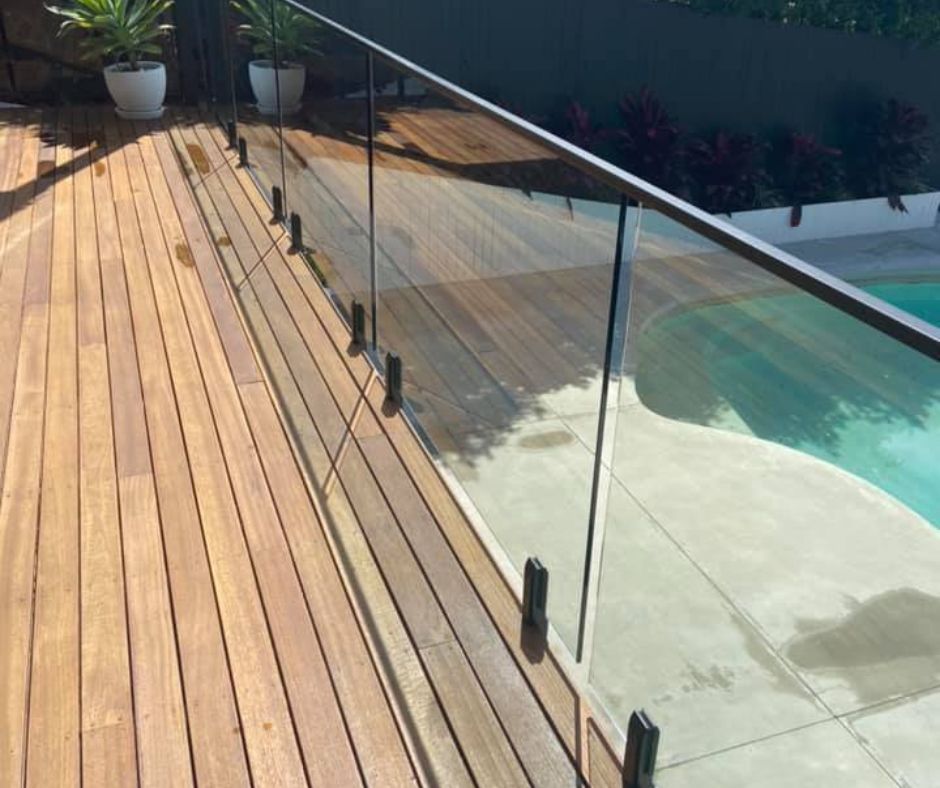
Pressure Washing Wood the Professional Way! Call Get Wet Cleaning Today!
So, can you pressure wash wood? Absolutely! Pressure washing can be a fantastic way to refresh wooden surfaces, but when done incorrectly, it can cause more harm than good.
But with Get Wet Cleaning Services on the job, you won’t have to stress about any of that hassle! Our experienced team knows exactly how to clean wooden surfaces without causing harm. We use the right pressure, techniques and cleaning solutions to keep your decks, fences and outdoor furniture looking fresh and well-maintained.
Why risk damaging your wood with DIY attempts? Let the experts handle it! Send us a message today for a free quote and for expert wood cleaning that protects and preserves your property.
Whether it’s a home or business in the Gold Coast or Brisbane, we’ll make your wood surfaces look their absolute best!

